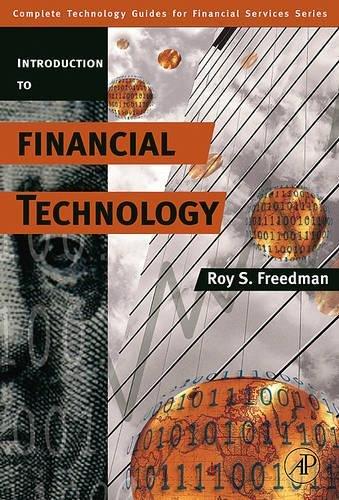
a. Received from three investors $66,000 cash and land valued at $41,000; each investor was issued 2,000 shares of common stock with a par value of $0.10 per share. b. Purchased construction equipment for use in the business at a cost of $40,000; one-fourth was paid in cash and the company signed a note for the balance (due in six m c. Lent $4,500 to one of the investors who signed a note due in six months. d. Chris Stoschek purchased a truck for personal use; paid $5,600 down and signed a one-year note for $25,000. e. Paid $15,000 on the note for the construction equipment in (b) (ignore interest). Required: 1. Create T-accounts for the following accounts: Cash, Notes Receivable, Equipment, Land, Notes Payable, Common Stock, and Additional Paid-in Capital. Beginning balances $0. For each of the preceding transactions, record the effects of the transaction in the appropriate T-accounts. Include good referencing for each T-account. Cash Notes Receivable 0 Beg. Bal. 0 Beg. Bal. End. Bal. End. Bal. Equipment Land Beg. Bal. Beg. Bal. 0 End. Bal. End. Bal. Notes Payable Common Stock Beg. Bal. 0 Beg. Bal. 0 Notes Payable Common Stock Beg. Bal. 0 Beg. Bal. 0 End. Bal. End. Bal. Additional Paid-in Capital 0 Beg. Bal. End. Bal. 2. Using the balances in the T-accounts, fill in the following amounts for the accounting equation: Assets Liabilities Stockholders' Equity 4. Compute the market value per share of the stock. (Round your answer to 2 decimal places.) Market value per share per share a. Received from three investors $66,000 cash and land valued at $41,000; each investor was issued 2,000 shares of common stock with a par value of $0.10 per share. b. Purchased construction equipment for use in the business at a cost of $40,000; one-fourth was paid in cash and the company signed a note for the balance (due in six m c. Lent $4,500 to one of the investors who signed a note due in six months. d. Chris Stoschek purchased a truck for personal use; paid $5,600 down and signed a one-year note for $25,000. e. Paid $15,000 on the note for the construction equipment in (b) (ignore interest). Required: 1. Create T-accounts for the following accounts: Cash, Notes Receivable, Equipment, Land, Notes Payable, Common Stock, and Additional Paid-in Capital. Beginning balances $0. For each of the preceding transactions, record the effects of the transaction in the appropriate T-accounts. Include good referencing for each T-account. Cash Notes Receivable 0 Beg. Bal. 0 Beg. Bal. End. Bal. End. Bal. Equipment Land Beg. Bal. Beg. Bal. 0 End. Bal. End. Bal. Notes Payable Common Stock Beg. Bal. 0 Beg. Bal. 0 Notes Payable Common Stock Beg. Bal. 0 Beg. Bal. 0 End. Bal. End. Bal. Additional Paid-in Capital 0 Beg. Bal. End. Bal. 2. Using the balances in the T-accounts, fill in the following amounts for the accounting equation: Assets Liabilities Stockholders' Equity 4. Compute the market value per share of the stock. (Round your answer to 2 decimal places.) Market value per share per share







